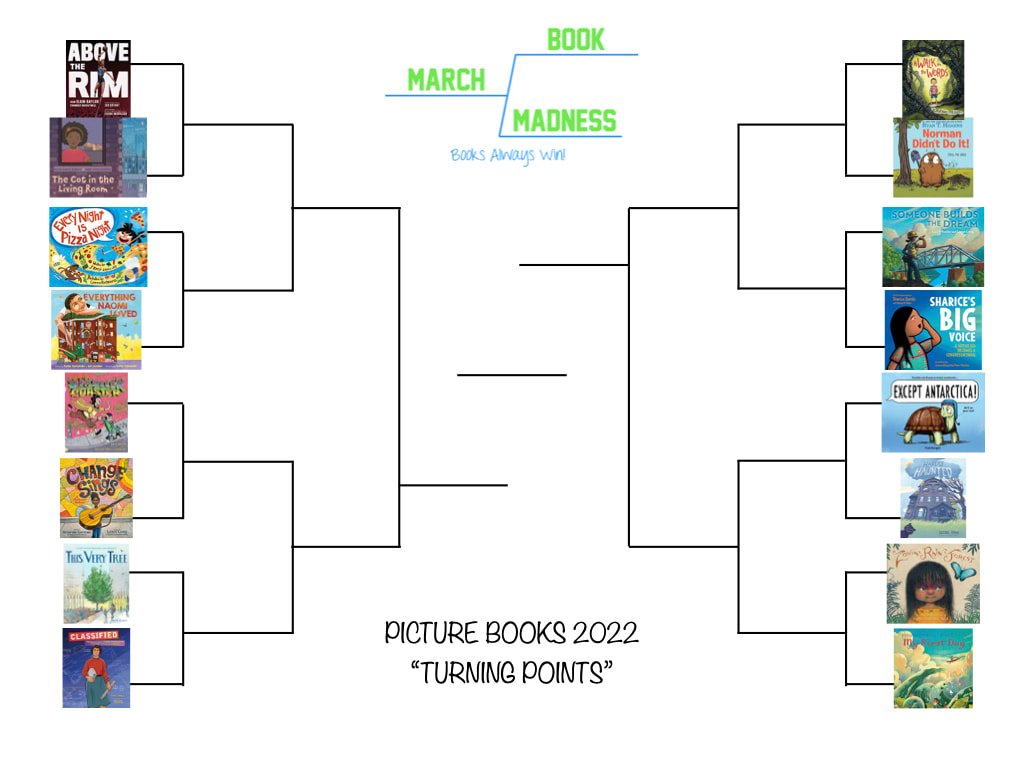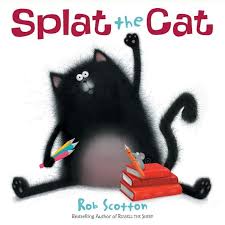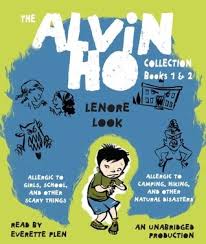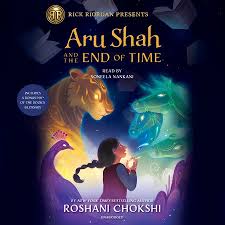Summer Reading
We wrote about some of the ways we set students up for summer reading a few years ago, and I still am not a fan of forced or assigned reading. There is research that reading logs actually reduce students’ motivation to read and negatively affect their attitudes toward reading. And honestly, they are just annoying! Imagine having to log how long you read and how many pages you read when you are reading before bed to relax. This applies to summer reading as well. Assigning a book or list of books students must read takes the joy out of reading. It’s much better to give them freedom and encouragement to find something they want to read and (hopefully) enjoy it!
This has been a long, hard year for teachers, so it’s also really important that you find your own summer reading that is rejuvenating! When everything feels out of my control, I find detective novels or mysteries help me escape into another world and provide a solution that I can try to figure out or guess, but am not at all responsible for. Your summer reading does not have to be books about teaching or really anything “productive.” Just find something that you’re excited to read.
That should be your assignment for your students as well. We try to give customized, thoughtful book recommendations and get students into series through recommendations, book clubs, read alouds, and more. We also try to provide opportunities for students to review or share their thoughts on books in ways that are fun and genuine. When we taught 5th grade, we used Goodreads for this and it was really great as well as being on the computer so students loved using it. You can read more about how we introduced Goodreads to our students here. However, for younger students, we give opportunities to share book reviews, recommend books to each other, and create “shelfies” (see cover photo)! We drew our shelfies using this linked template, but students could also take pictures of themselves with books they enjoyed over the summer and share them with their teachers in the fall.
Some do’s and don’ts that I’ve learned over the years are: definitely encourage public library use, have students think about their own reading goals and routines for the summer, and model and promote excitement around books, book reviews and recommendations, and reading all year long. Remember that listening to audiobooks is another way to read and a lovely way for a family or group of people to enjoy a book together. Avoid telling students they need to read books at a certain level or a certain number of books. If parents ask about summer reading, tell them to help students to find books they enjoy and make reading part of their daily routine (for example, reading before bed or reading after dinner) as a family, whether that means listening to an audiobook, reading aloud, or reading independently.. Remember that librarians are magic and always have amazing, customized book recommendations.
Happy almost summer!






























